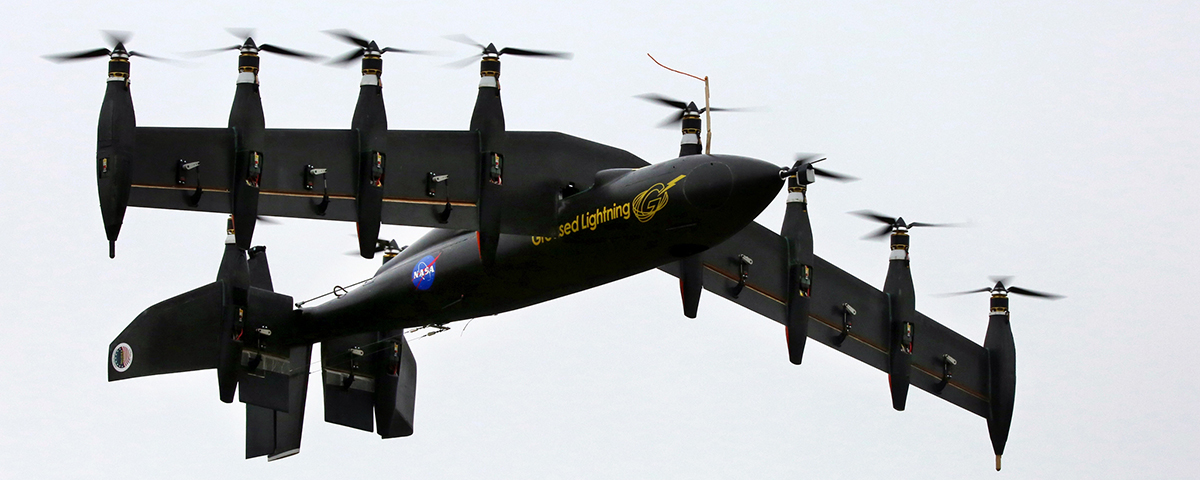What accounts for our endless fascination with vertical takeoff and landing? If you’re of a certain age and followed aerospace developments in the late 1950s and 1960s, you witnessed an endless procession of VTOL projects that seemed to signal a new era of vertical flight. But of the many designs proposed during that imaginative era, most of which never made it off the drafting table, only one VTOL airplane still flies: the Harrier Jump Jet.
The reasons are many but basically boil down to the fact that it requires a lot of power for a heavy, conventional-wing airplane to take off and land vertically. Helicopters solve this problem by using a rotating wing for lift, but that rotor also limits the aircraft’s speed due to the physics involved. Since those early heady days of pioneering VTOL work, the ideal aircraft, particularly for the military—one that can take off vertically, carry a significant load, attain supersonic speeds and land on a dime—has remained elusive. Only the recently introduced Lockheed Martin F-35B comes close to attaining that ideal, and its drawbacks and growing pains have been well documented.
Airplane designers have proposed various ideas to solve the VTOL dilemma, including mounting dedicated lift engines or rerouting engine thrust during takeoff, both of which the U.S. Navy explored in the early 1970s. The problem with the former is that the lift engines become dead weight after takeoff, and the latter approach typically requires a complex ducting system that also adds to the aircraft’s weight.
Rocket scientists, too, have grappled with the problem, seeking to design a reusable booster that can land vertically under its own power after helping launch a craft into space. Elon Musk’s SpaceX has twice tried unsuccessfully to land its Falcon 9 rocket boosters on an ocean platform, though it has conducted successful VTOL rocket flights and plans to attempt a Falcon 9 landing again during its next launch. On November 24, 2015, Jeff Bezos’ Blue Origin company reached a milestone when it launched its New Shepard space vehicle to a suborbital test altitude of 100.5 kilometers, and then vertically landed the booster that had lifted it on a pad in West Texas.
NASA has recently been testing a novel electric tilt-wing aircraft, the GL-10 Greased Lightning. Rather than using one or two high-power engines for vertical lift, it employs 10 small electric motors mounted on the wing and tail surfaces, each driving an individual propeller. The GL-10 prototype has successfully transitioned from vertical to horizontal flight, and is reportedly four times more efficient in cruise than a helicopter. As one NASA engineer noted, a scaled-up version of the 62-pound prototype could be developed into a one- to four-person personal air vehicle.
We may yet attain our long-held dreams of practical vertical flight. But the main challenge remains: As country music star Miranda Lambert noted for entirely different reasons, “Gravity is a bitch.”





